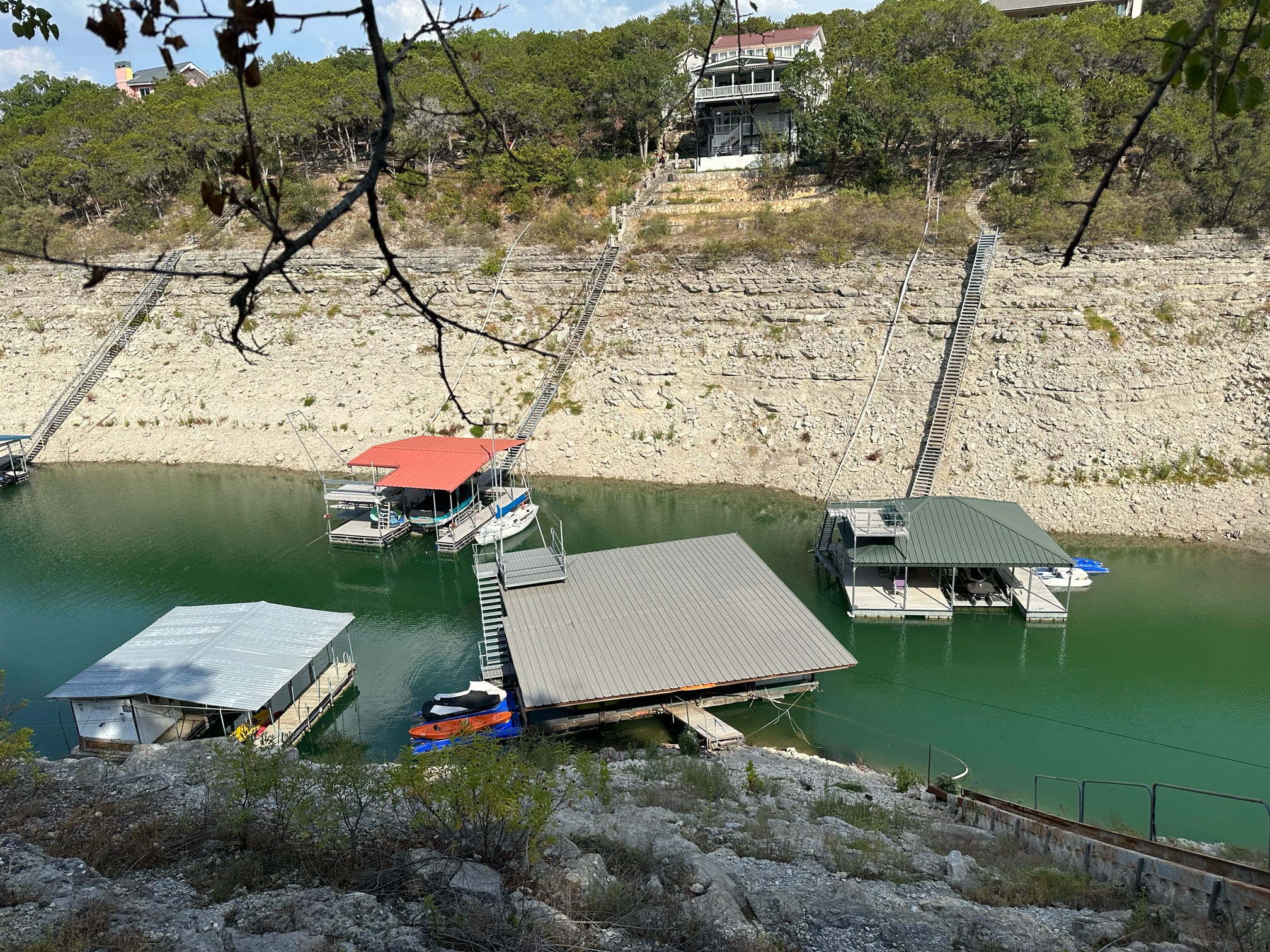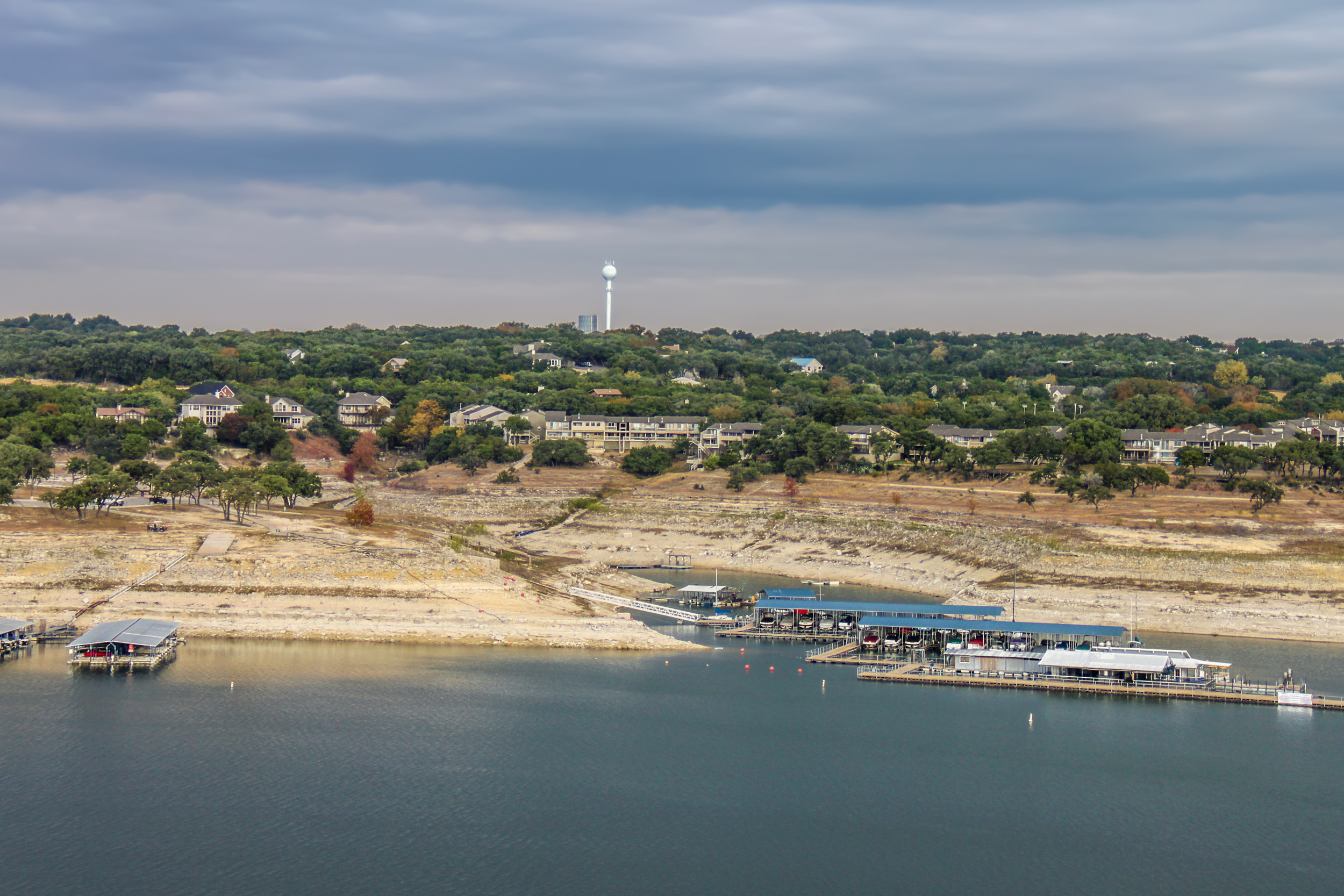Lake Travis Level: The Ultimate Guide To Understanding Its Depth, Impact, And Importance
Are you curious about the Lake Travis level? Well, you're in the right place. Whether you're a local resident, a water enthusiast, or just someone fascinated by the dynamics of lakes, this guide has got your back. Lake Travis is not just any body of water; it's a vital resource for Central Texas, influencing everything from recreation to agriculture. So, let's dive right in and uncover what makes Lake Travis so important.
Picture this: a massive reservoir nestled in the heart of Texas, playing a crucial role in the region's ecosystem and economy. The Lake Travis level isn't just a number—it's a reflection of the health and sustainability of the area. From droughts to floods, the water level here tells a story of resilience and adaptability. But what exactly does this level mean, and why should you care? Stick around, and we'll break it all down for you.
Before we go too deep into the details, let's set the stage. Lake Travis is part of the Highland Lakes system, a chain of reservoirs along the Colorado River. Its water levels are closely monitored because they directly affect everything from water supply to power generation. In this guide, we'll explore the factors that influence the lake's level, its significance to the community, and how you can stay informed. Ready to learn more? Let's get started.
Read also:Kim Kardashian Is Frustrated She Ldquoneeds Her Lawyer On Speed Dialrdquo Because Of Kanye West Source Exclusive
Understanding the Basics of Lake Travis Level
First things first, let's talk about what exactly the Lake Travis level is. Simply put, it's the measurement of how much water is in the lake at any given time. This level is typically expressed in feet above mean sea level (MSL). The "normal" level for Lake Travis is around 681 feet MSL, but it can fluctuate quite a bit depending on weather patterns and water usage.
Why Does the Lake Travis Level Fluctuate?
Several factors contribute to changes in the Lake Travis level. Here are the main ones:
- Rainfall: Heavy rains can cause the lake to rise, while prolonged dry spells can lead to a drop in water levels.
- Water Release: The Lower Colorado River Authority (LCRA) manages the release of water from Lake Travis to meet downstream needs, which can affect the level.
- Evaporation: During hot summer months, significant amounts of water can be lost due to evaporation, further impacting the lake's level.
These fluctuations aren't just numbers on a chart; they have real-world consequences for the people and wildlife that depend on the lake.
The Importance of Monitoring Lake Travis Level
Keeping an eye on the Lake Travis level is more than just a scientific exercise. It's a critical component of managing the region's water resources. By monitoring the level, authorities can make informed decisions about water distribution, flood control, and conservation efforts.
Who Monitors the Lake Travis Level?
The LCRA is the primary organization responsible for tracking and managing the Lake Travis level. They use a network of gauges and sensors to collect real-time data, which is then shared with the public through their website and other platforms.
This data isn't just for scientists and engineers. Homeowners, businesses, and recreational users all rely on accurate and up-to-date information about the lake's level to plan their activities and make informed decisions.
Read also:Rachel Zegler Allure Magazine March 2025 A Stunning Journey Into Fame
How the Lake Travis Level Affects the Community
The impact of the Lake Travis level extends far beyond the shoreline. It affects everything from residential water supply to local economies. Here's a closer look at how it plays out:
Residential Water Supply
For many Central Texas residents, Lake Travis is a primary source of drinking water. When the lake level drops, it can lead to water restrictions and conservation measures. This affects not only households but also businesses that rely on a steady water supply.
Recreational Activities
Lake Travis is a hub for outdoor enthusiasts, offering activities like boating, fishing, and swimming. However, when the water level is low, it can limit access to certain areas and affect the quality of these experiences. On the flip side, high water levels can create hazards for boaters and swimmers.
Historical Trends in Lake Travis Level
Looking back at the history of Lake Travis levels can provide valuable insights into the patterns and trends that shape its current state. Over the years, the lake has experienced both record highs and devastating lows.
Record Highs
In 1991, Lake Travis reached its highest recorded level at 710.7 feet MSL. This was due to a combination of heavy rainfall and controlled water releases. While it was a relief after years of drought, it also highlighted the challenges of managing such a large reservoir.
Record Lows
On the other end of the spectrum, the lake hit a record low of 675.6 feet MSL in 2016. This was a stark reminder of the ongoing drought conditions in the region and the importance of water conservation.
Factors Influencing the Lake Travis Level
As we've mentioned, several factors play a role in determining the Lake Travis level. Let's take a deeper dive into some of the key influencers:
Climate Change
Climate change is having a significant impact on water resources worldwide, and Lake Travis is no exception. Rising temperatures and changing precipitation patterns are altering the way water is stored and distributed in the region.
Population Growth
As the population in Central Texas continues to grow, so does the demand for water. This increased usage puts additional pressure on Lake Travis and other water sources in the area.
Technological Advances in Monitoring
Advancements in technology have greatly improved our ability to monitor and manage the Lake Travis level. Modern tools like satellite imagery, drones, and sophisticated sensors provide more accurate and detailed data than ever before.
Real-Time Data Access
Thanks to these technological innovations, real-time data on the Lake Travis level is now available to the public. This allows for better planning and quicker responses to changing conditions.
Community Efforts to Preserve Lake Travis
Preserving the health of Lake Travis is a collective effort that involves everyone in the community. From conservation programs to educational initiatives, there are many ways people are working to protect this vital resource.
Conservation Programs
Various organizations and government agencies have implemented programs aimed at reducing water waste and promoting sustainable practices. These efforts are crucial for maintaining a healthy Lake Travis level.
Future Outlook for Lake Travis Level
Looking ahead, the future of Lake Travis level depends on a combination of factors, including climate trends, water management policies, and community actions. While challenges remain, there are also opportunities for innovation and improvement.
Predictions and Projections
Experts are using advanced modeling techniques to predict future Lake Travis levels based on different scenarios. These projections help guide planning and decision-making for the years to come.
How You Can Stay Informed
Staying informed about the Lake Travis level is easier than ever. Whether you prefer online resources, mobile apps, or traditional media, there are plenty of ways to keep up with the latest information.
Recommended Resources
- LCRA Website: The official source for all things related to Lake Travis.
- Social Media: Follow local news outlets and organizations for updates on the lake's status.
- Mobile Apps: Download apps that provide real-time data and alerts about water levels.
Conclusion: Why Lake Travis Level Matters to You
So, there you have it—a comprehensive look at the Lake Travis level and its significance. From understanding the basics to exploring the impacts and future outlook, we've covered a lot of ground. But the most important takeaway is this: the Lake Travis level affects everyone in the region, and staying informed is key to ensuring its sustainability.
We encourage you to take action by conserving water, supporting local conservation efforts, and sharing this knowledge with others. Together, we can help preserve this vital resource for generations to come. Don't forget to check out the recommended resources and stay connected with the latest updates on Lake Travis. Thanks for reading, and happy exploring!
Table of Contents
- Understanding the Basics of Lake Travis Level
- Why Does the Lake Travis Level Fluctuate?
- The Importance of Monitoring Lake Travis Level
- Who Monitors the Lake Travis Level?
- How the Lake Travis Level Affects the Community
- Residential Water Supply
- Recreational Activities
- Historical Trends in Lake Travis Level
- Record Highs
- Record Lows
- Factors Influencing the Lake Travis Level
- Climate Change
- Population Growth
- Technological Advances in Monitoring
- Real-Time Data Access
- Community Efforts to Preserve Lake Travis
- Conservation Programs
- Future Outlook for Lake Travis Level
- Predictions and Projections
- How You Can Stay Informed
- Recommended Resources
Article Recommendations


